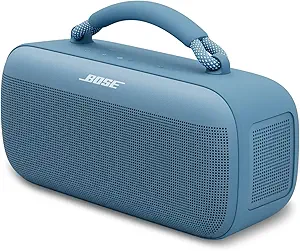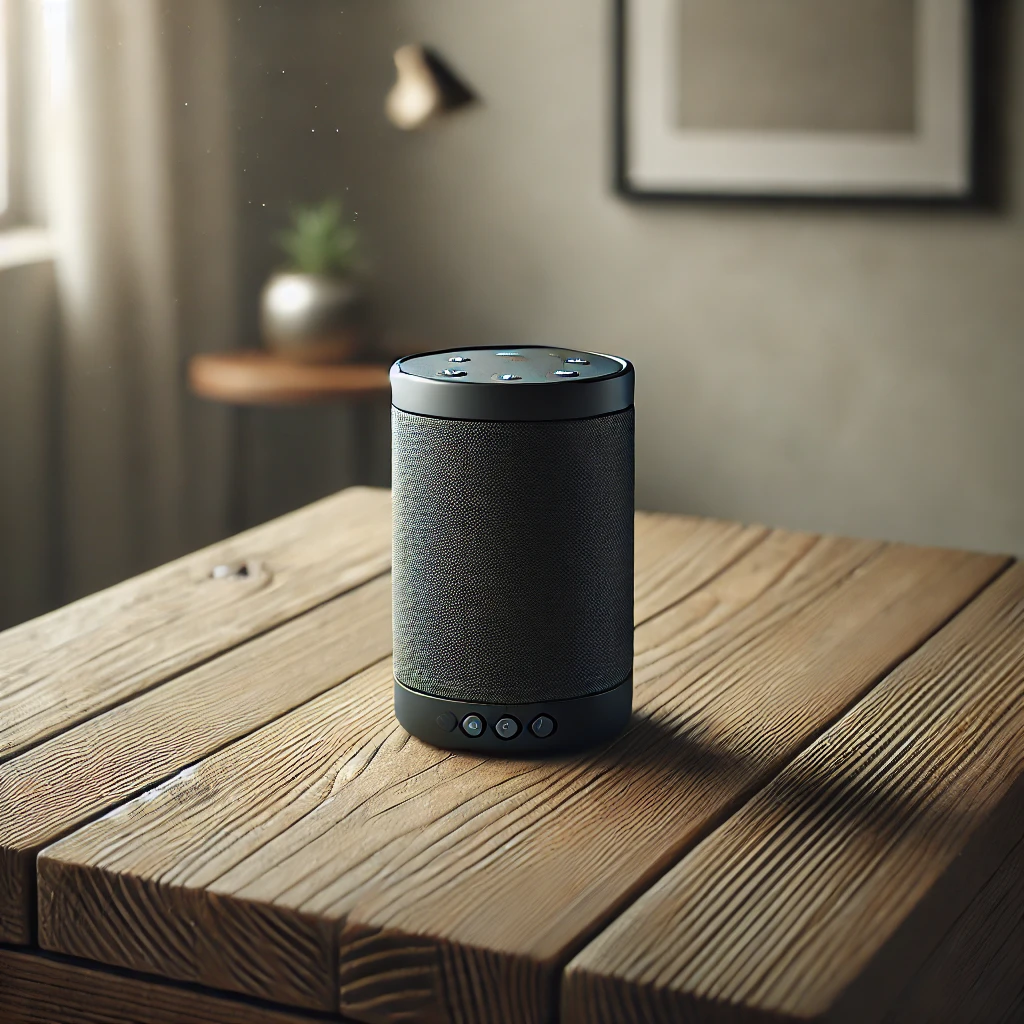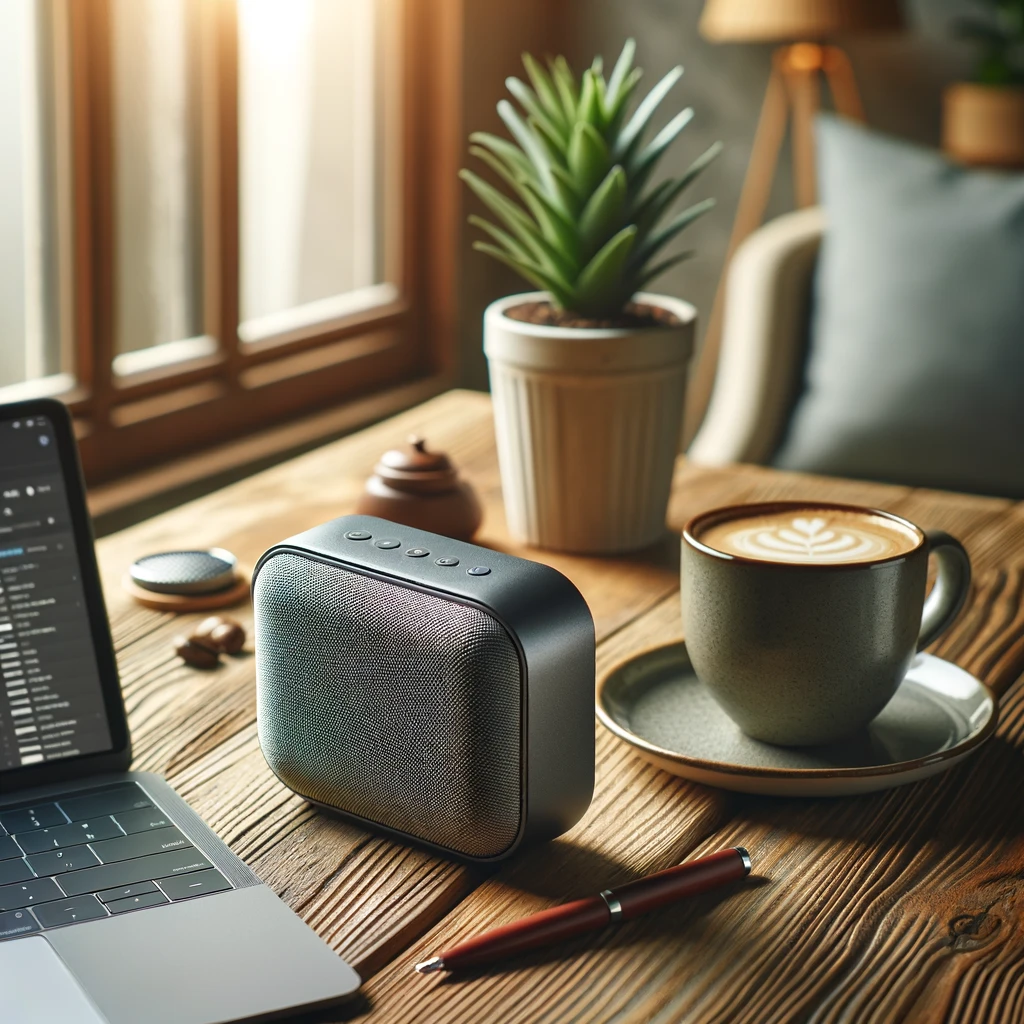Bigger speakers produce deeper bass and louder sound; smaller ones are clearer but weaker in bass.
Table of Contents
- How Does Speaker Size Affect Sound Quality?
- Drivers and Frequency Response
- Enclosure Size and Bass Response
- High Frequencies and Dispersion
- Room Acoustics and Speaker Size
- Choosing the Right Speaker Size
- FAQs (How Speaker Size Affects Sound Quality)
How Does Speaker Size Affect Sound Quality?
Speaker size strongly influences which frequencies can be produced and how loudly they can play. In simple terms, larger speakers (and larger drivers) can move more air, enabling deeper bass and higher maximum volumenottinghamhifi.co.uken.wikipedia.org. They often have higher efficiency (sensitivity), meaning a given amplifier power yields more soundnottinghamhifi.co.uk. Conversely, small speakers may have excellent clarity in mid/high frequencies but tend to roll off lower bass – they hit a physical limit on how low they can go. This is why mini-speakers often lack very deep bass unless aided by a subwoofer or clever design tweaksnottinghamhifi.co.uknottinghamhifi.co.uk.

For example, compact “bookshelf” speakers (with ~4–6-inch woofers) typically handle midrange and some bass, but for full low-end a larger subwoofer is useden.wikipedia.org. Stadium PA systems use huge cabinets with 15–21 inch drivers to reproduce the lowest frequencies across large spacesen.wikipedia.org. In other words, speaker size ≈ bass capability and loudness, though careful design also matters. (Watch the video below for a visual explanation.)
Drivers and Frequency Response
The speaker drivers (woofers, midrange, tweeters) have sizes suited to different frequencies.
- Large woofers (e.g. 8–15 inch): These move lots of air for low frequencies (bass). A bigger woofer can reproduce deeper bass with less distortion because its cone has more surface area and often a stronger motornottinghamhifi.co.uk. This means a 12-inch woofer can handle very low notes (20–200 Hz) that a small 4-inch speaker cannot.
- Small drivers (e.g. 1–3 inch tweeters or midrange cones): These excel at high frequencies and quick transient response. A smaller cone is lighter and can move faster, producing crisp treble and detail. However, its airflow is limited, so it cannot produce powerful bass on its own.
When designing multi-driver speakers, engineers match driver size to frequency range. A typical floorstanding speaker may combine one large woofer, one midrange, and one tweeter. Each size is optimized: the woofer handles bass, the midrange handles vocals/instruments, and the tweeter handles high-hats/sibilance. A single small speaker (like a phone speaker) tries to cover a broad range but inevitably sacrifices the lowest bassen.wikipedia.org.

Enclosure Size and Bass Response
The cabinet or enclosure also depends on size. A larger box allows longer bass wavelengths to develop. For low bass (long wavelengths), you need both a large cone and enough box volume or a port (bass-reflex) to reinforce it. For example, subwoofer cabinets with 15–18 inch drivers are often huge to yield deep 20–50 Hz outputen.wikipedia.org. Smaller enclosures (like a TV soundbar) can’t produce the same lows by physics.
Additionally, larger enclosures usually mean better low-frequency extension. A small sealed speaker might bottom out around 80 Hz, whereas a larger vented enclosure might reach down to 20–30 Hz. This is why home audio systems use separate subs (large cabinets) for true bass, while satellites (small cabinets) cover upper bass and midsnottinghamhifi.co.uk.
High Frequencies and Dispersion
While bigger drivers help bass, they can beam high frequencies. Large cones start to act like directional horns above some frequency. In practice, very large speakers can sound narrower (“focused”) in the treble, because high-freq waves radiate more toward the front. Small speakers or dedicated tweeters tend to have wider dispersion at high frequencies. So a design trade-off exists: large sizes for bass, smaller for treble. Good speakers use multiple drivers to balance this.
Room Acoustics and Speaker Size
Speaker size also interacts with room acoustics. Large speakers may overwhelm a small room with booming bass (room modes), while small speakers in a large room may leave the bass feeling weak. A speaker’s size and placement should match the room. For instance, placing a big subwoofer near a corner can increase bass (corner loading), but can also muddy the sound if the room is small. Conversely, tiny speakers might need wall mounting or DSP to compensate for weak bass.
Choosing the Right Speaker Size
Selecting speaker size depends on your needs:
- Music Preference: If you listen to bass-heavy music, larger woofers or a sub are beneficial. For mostly talk or classical music, smaller speakers might suffice.
- Room Size: Large speakers (floorstanders) for big rooms; compact speakers or bookshelf models for small rooms.
- Space and Placement: Small speakers are easier to place on desks or walls, large speakers need stands or floor space.
In practice, many sound systems use a mix: satellite speakers (small, high and midrange drivers) plus a subwoofer (large bass driver). This gives balanced sound: room-filling highs/mids from compact satellites, and deep bass from a sizeable sub.
Image Comparisons of Speaker Sizes
To illustrate, here are examples of different speaker components:
Key Takeaways:
- Larger speakers and driver cones move more air for deeper bass and higher volumenottinghamhifi.co.uken.wikipedia.org.
- Smaller speakers often provide clear highs but struggle below ~80–100 Hz without helpnottinghamhifi.co.uknottinghamhifi.co.uk.
- A well-designed system uses multiple sizes (woofers, tweeters) to cover the full frequency range.
- Room size, placement and speaker design affect performance as much as raw sizenottinghamhifi.co.uknottinghamhifi.co.uk.

FAQs (How Speaker Size Affects Sound Quality)
Q: How does speaker size affect bass quality?
A: The speaker’s size (especially the woofer cone diameter and enclosure volume) determines the lowest frequency it can produce. Larger drivers and boxes can create deeper, more powerful bass because they move more airnottinghamhifi.co.uknottinghamhifi.co.uk. Small speakers have a physical limit on bass and usually sound weaker in the lowest notes unless paired with a subwoofer.
Q: Do bigger speakers always sound better?
A: Not always. Bigger speakers can produce louder sound and deeper bass, but sound quality also depends on design, crossover, materials, and room acousticsnottinghamhifi.co.uk. A high-quality small speaker can sound better than a poorly designed large one. Also, huge speakers may not be suitable for small rooms or close listening distances.
Q: Can small speakers have good sound quality?
A: Yes. Thanks to modern designs (bass-reflex ports, DSP, passive radiators), small speakers can perform impressively. They often excel in mid and high frequencies and are more convenient in small spacesnottinghamhifi.co.uk. However, for the deepest bass you may still need a separate subwoofer or a larger speaker.
Q: Why do large speakers sometimes lack high-frequency detail?
A: Very large drivers tend to be optimized for bass. In many big speakers (like giant woofers or subwoofers), the high end is handled by a separate small tweeter. If a single large driver is used up to high frequencies, it can become directional (beaming) and less smooth in the treble. Multi-driver designs avoid this by using a tweeter for high frequencies.
Q: How do I choose speaker size for my room?
A: Match speaker size to room and listening style. Large floorstanding speakers suit big rooms and music with lots of bass. For small rooms or casual listening, bookshelf or monitor speakers (with a sub) are often better. Always consider room acoustics: big speakers in a tiny room can cause muddy bass, while small speakers in a large room might leave the sound thin.
Q: What is the science behind speaker size and sound?
A: Fundamentally, the acoustic wavelength of sound matters. Low bass waves are very long (many meters), so to generate them effectively, a speaker must move a lot of air (via a large cone or enclosure). High-frequency waves are short, so even small drivers can handle them. This is why speaker systems use different sizes for different frequency ranges – it’s all about matching driver size to sound wavelength.
Conclusion:
Speaker size is one important factor in sound quality. Larger speakers generally handle bass better and play louder, but high-quality design and correct matching to the listening environment are crucial too. By understanding the science of drivers, enclosures, and acoustics, you can choose the right speaker size and setup for clear, full-range soundnottinghamhifi.co.uknottinghamhifi.co.uk.




One thought on “How Speaker Size Affects Sound Quality: Science Behind Audio Performance”